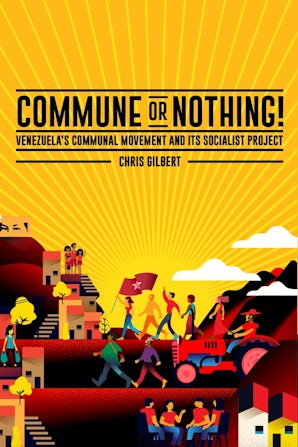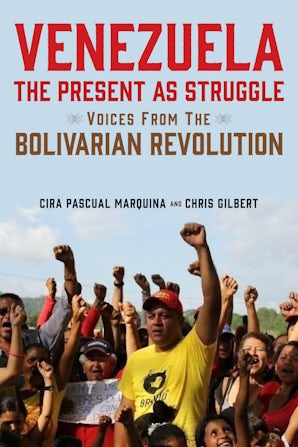Also in this issue
Books by Chris Gilbert
Commune or Nothing!
by Chris Gilbert
Venezuela, the Present as Struggle
by Cira Pascual Marquina and Chris Gilbert
Article by Chris Gilbert
- Land, Cooperation, and Socialism
- Socialist Communes and Anti-Imperialism: The Marxist Approach
- A Special Issue on Communes in Socialist Construction
- The Dream of a Thing: Refounding the Economy of a Venezuelan Commune
- Where Danger LiesÉ: The Communal Alternative in Venezuela
- Mészáros and Chávez: The Philosopher and the Llanero
- A Commune Called 'Che': A Socialist Holdout in the Venezuelan Andes
- Red Current, Pink Tide: A Visit to El Maizal Commune in Venezuela
- Walter Benjamin in Venezuela



